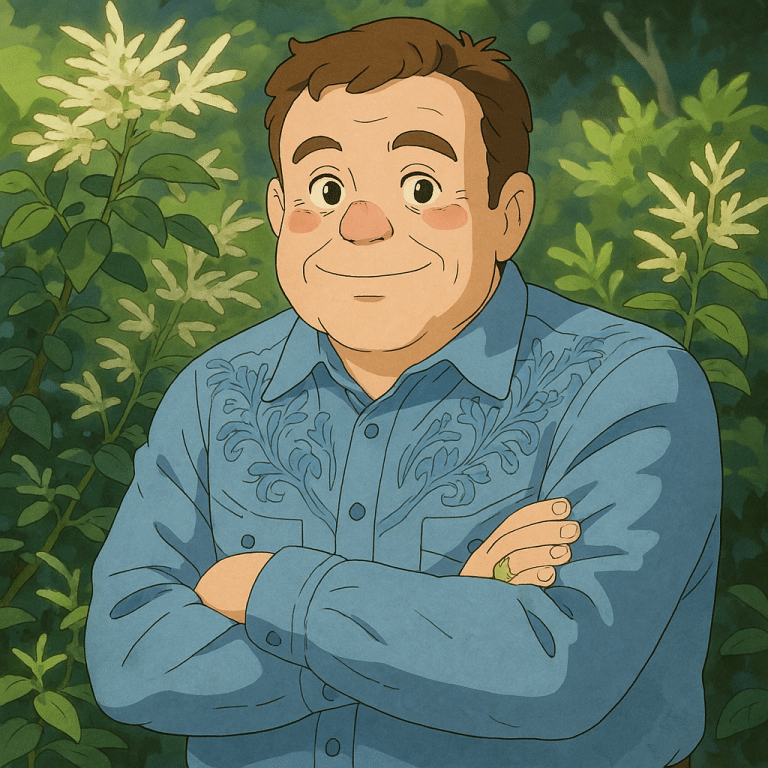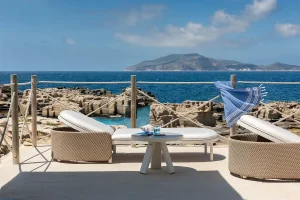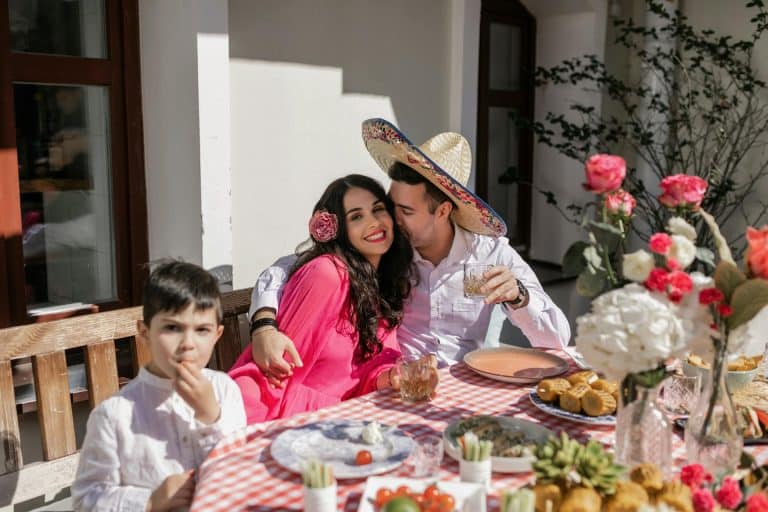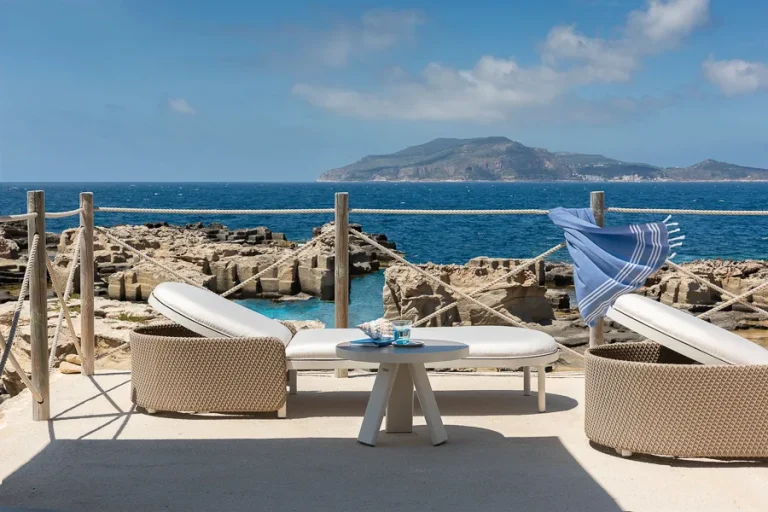Are you thinking about adding something peaceful and unique to your backyard? A natural garden pond might be just what you need. These ponds are not only nice to look at but also attract birds, frogs, and other friendly wildlife.
They’re great for the environment and don’t need a lot of chemicals or fancy equipment. No matter if you have a small yard or a big open space, there’s a pond idea out there for you.
In this blog, I’ll go over some of the best natural garden pond ideas, from planning and building to picking the right plants and keeping it clean. You don’t need to be a pro to get started—just a little time and a love for nature.
Why You Should Have a Natural Garden Pond
A natural garden pond can turn your yard into a peaceful and cozy place. It’s more than just water—it brings nature right to your door. You might see frogs hopping around, dragonflies buzzing by, and birds stopping for a drink. It’s like building a little home for wildlife.
Ponds also help the environment. They use fewer chemicals than pools or fountains and can clean themselves with the right plants. That means less work for you and better health for your garden.
Even small ponds can make a big difference. They add a calming sound with running water, cool things down on hot days, and make your yard look special.
A natural garden pond is a great choice if you want a fun project that will bring beauty, peace, and life to your outdoor space.
Popular Natural Garden Pond Ideas
Adding a natural garden pond is a great way to bring character and calm to your yard. Here are some popular ideas to inspire you. Each one is easy to understand and great for beginners.
1. Small Wildlife Pond

If you don’t have a lot of space, a small wildlife pond is perfect. You can dig a shallow hole, add a pond liner, and fill it with water. Use native plants around the edges to attract frogs, bees, and butterflies. Add a few rocks or logs for animals to rest on. These ponds don’t need filters or pumps—nature does the work.
2. Pond with a Waterfall

A waterfall adds peaceful sound and movement to your pond. It also helps keep the water clean by adding oxygen. You can build a small hill using rocks or dirt, then use a pump to move water up and let it fall down into the pond. Waterfalls make any pond look more special.
3. Natural Swimming Pond

This is a pond you can actually swim in! One part is for swimming, and the other has plants that clean the water. It’s like a pool, but it’s chemical-free and full of life. These ponds are bigger and take more work to build, but they’re great for families who want a natural swimming space.
4. Japanese-Style Pond

Inspired by Japanese gardens, this pond uses simple shapes, clean lines, and peaceful plants. You can add flat stones, water lilies, and a small wooden bridge. A few goldfish or koi can make it even more relaxing. This style is great if you want a calm and balanced look.
5. Bog Garden Pond

This pond looks like a wetland and is great for special water-loving plants. It’s shallow, with lots of soil and moss. Plants like pitcher plants, cattails, and irises grow well here. It’s a good pick if you love gardening and want something different from a regular pond.
6. Rock-Edge Pond

Use large stones or boulders around the edge of your pond to give it a bold, natural look. The rocks help hold the shape and also give frogs and birds a place to sit. You can plant flowers between the rocks to make it colorful and inviting. This setup also helps blend the pond into your garden for a more natural, seamless feel.
7. Container Pond

Don’t have room to dig? Use a large pot or tub to make a mini pond. Just add water, a few plants, and maybe a small solar fountain. These are perfect for patios, balconies, or small backyards. Plus, they’re super easy to move or clean. You still get the peaceful vibe of a pond, even in the smallest outdoor space.
8. Lily Pond

Water lilies are not just pretty—they help keep the pond cool and block sunlight, preventing too much algae. A lily pond is simple but full of style. Use a few floating lily pads in the center and plant tall grasses around the sides. This setup creates a calm, peaceful look and gives frogs and fish shady spots to hide.
9. Wildlife-Friendly Pond

This pond is all about making a safe place for animals. Use gentle slopes so frogs, turtles, and birds can get in and out. Add lots of native plants and skip chemicals. You can even place a small log in the water for turtles to rest on. It’s a great way to help nature thrive.
10. Rainwater Pond

A rainwater pond collects water from your roof or gutters. This helps save water and gives your plants clean, fresh water. Add a filter area with gravel and plants to keep the water clear. It’s eco-friendly and works well in rainy places. Plus, it helps reduce runoff and supports a healthier garden ecosystem.
11. Pond with a Bridge

A small wooden bridge across your pond adds charm and makes it easier to get closer to the water. It doesn’t have to be big—just wide enough to step across. It also gives your garden a fun, storybook feel that kids and guests will love. The bridge can also serve as a cozy spot to pause and enjoy the peaceful view.
12. Natural Pond with a Pebble Beach

Add a shallow area with smooth pebbles to one side of your pond. It gives birds a spot to splash and makes the pond look more like a natural lake. You can also dip your toes in on a hot day. Pebble beaches are easy to build and add a nice soft touch.
These ideas can help you design a pond that fits your yard, your budget, and your love for nature. Whether you want a big project or a small weekend job, there’s a natural pond idea here for you.
Planning and Designing Your Natural Garden Pond
Before you start digging, it’s important to make a good plan. A little planning can save time, money, and effort—and help your pond turn out just the way you want it.
1. Choose the Right Spot: Pick a spot that gets some sun but also a bit of shade. Most pond plants need about 4–6 hours of sunlight each day. Avoid placing your pond under big trees, or you’ll have to clean leaves out all the time.
2. Size and Shape: Start with a pond that’s not too big if this is your first time. Even a small pond can bring lots of wildlife. You can choose a shape that’s round, oval, or natural and curvy. Use a rope or hose to outline it.
3. Check the Ground: Dig a small test hole first to see what kind of soil you have. You’ll want soil that’s easy to dig but firm enough to hold its shape. If your soil is very sandy or rocky, you might need to use extra lining or edging.
4. Plan for Depth: Try to include different levels or shelves in your pond. A shallow edge (about 6 inches deep) is great for plants and small animals. A deeper middle area (around 18 to 24 inches) helps keep the water cool in summer.
5. Think About Water Flow: Will you use a pump or keep it still? Moving water (like from a small waterfall) keeps things fresh and helps stop mosquitoes. If you want a quiet, still pond, use plants and natural filters to keep the water clean.
Planning ahead makes everything easier—and more fun—when it’s time to build your natural garden pond!
Selecting Flora and Fauna for Your Natural Garden Pond

Choosing the right plants and animals is one of the best parts of building a natural garden pond. The right mix keeps your pond healthy and full of life.
1. Aquatic Plants
Pond plants are more than just pretty—they help clean the water, give shade, and offer homes for wildlife. Try to mix a few different types:
- Floating Plants: These sit on top of the water and help block sunlight, which keeps algae from growing too fast. Good options include water lilies, duckweed, and water lettuce.
- Submerged Plants (Oxygenators): These grow under the water and add oxygen, which fish and frogs need. Look for hornwort, anacharis, or waterweed.
- Marginal Plants: These grow around the edges, with their roots in the water and leaves above it. They make your pond look natural and attract birds and insects. Try cattails, iris, pickerelweed, or marsh marigold.
2. Plants for Filtration
Some plants do more than just look nice—they actually help clean your pond. These plants soak up extra nutrients from the water, which helps prevent algae from growing. They’re especially helpful if you don’t have a pump or filter system.
-
Water Hyacinth: This floating plant has thick leaves and pretty purple flowers. It grows fast and pulls waste out of the water, making it clearer.
-
Water Mint: Grows in shallow areas and gives off a fresh scent. It helps balance the pond and can even keep mosquitoes away.
-
Watercress: This fast-growing plant can float or root in shallow spots. It absorbs extra nutrients and adds a lush, green look to your pond.
3. Plants to Avoid
Stay away from invasive species like purple loosestrife or water hyacinth in certain areas, as they can take over and hurt your pond’s balance. Always check your local rules.
-
Purple Loosestrife: This plant has tall purple flowers but spreads quickly and can take over shorelines, blocking out native plants.
-
Water Hyacinth: While it’s good for filtering, in some areas it’s considered invasive. It can cover the surface, block sunlight, and lower oxygen in the water.
-
Yellow Flag Iris: Bright and pretty, but aggressive. It spreads fast and can choke out other plants in shallow water.
4. Friendly Pond Animals
Adding the right animals makes your pond feel alive and exciting. But don’t add too many at once—let nature take the lead.
- Frogs and Toads: These often show up on their own if your pond is safe and quiet. They eat bugs and help balance the ecosystem.
- Fish: Goldfish and koi are popular, but only add them if your pond is deep enough (at least 2 feet). Fish need clean water and may eat some smaller animals and plants, so keep that in mind.
- Snails and Insects: Water snails can help clean algae, and dragonflies will lay eggs in your pond. You might also see water beetles and pond skaters.
- Birds and Butterflies: If you plant native flowers and keep your water clean, you’ll see birds stopping by for a drink and butterflies fluttering nearby.
With the right mix of plants and animals, your natural pond will be healthy, easy to care for, and full of life all year round. Let nature do most of the work and enjoy the benefits that follow!
Maintenance Tips for Your Natural Garden Pond
Taking care of your natural garden pond doesn’t have to be hard. With a few simple steps, you can keep the water clean, the plants healthy, and the wildlife happy.
1. Clean out leaves and debris regularly: Use a small net to scoop out leaves, twigs, and dirt that fall into the pond, especially in the fall.
2. Trim plants as needed: Cut back overgrown or dying plants so they don’t take over the pond or rot in the water.
3. Check the water quality: Make sure the water doesn’t smell bad or turn green. If it does, try adding more plants or a natural filter.
4. Control algae naturally: Add floating plants for shade and avoid overfeeding fish. Barley straw bundles can also help reduce algae.
5. Avoid using chemicals: Most pond problems can be fixed naturally. Chemicals can hurt fish, frogs, and helpful bugs.
6. Watch for mosquito larvae: Add fish or use a bubbler to keep the water moving so mosquitoes don’t lay eggs.
7. Prepare your pond for winter: In cold climates, remove pumps and let the pond freeze naturally. Fish need deeper spots to stay safe in winter.
With just a little care, your natural garden pond can stay clean and fresh all year long. Take a few minutes each week to check on it, and nature will do the rest. A healthy pond is a happy pond—for you and for all the life it supports!
Conclusion
A natural garden pond is one of the best ways to bring peace, creativity, and life into your outdoor space. Whether you go big or small, your pond can become a home for frogs, birds, butterflies, and all kinds of plants.
It’s a fun project that doesn’t have to be perfect—nature will grow and change it over time. You don’t need to be an expert or spend a lot of money to get started. Just plan it out, use the right plants, and do a little simple upkeep.
Before you know it, you’ll have a calm, relaxing spot that makes your whole yard feel more alive. So if you’ve been thinking about building a pond, now’s the time to jump in and make it happen. Your garden—and the wildlife around it—will thank you for it.













